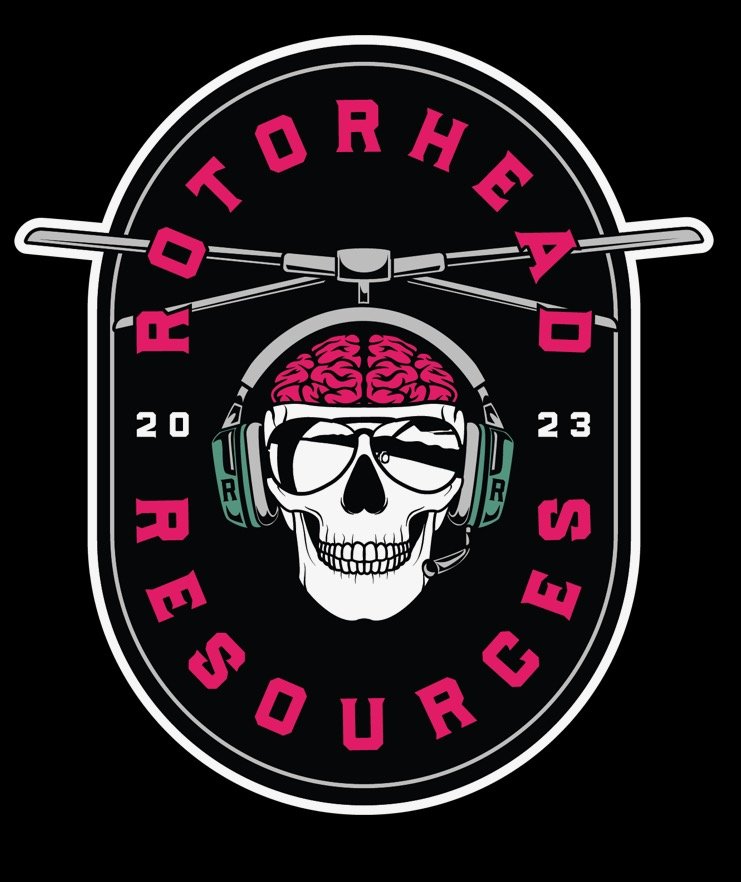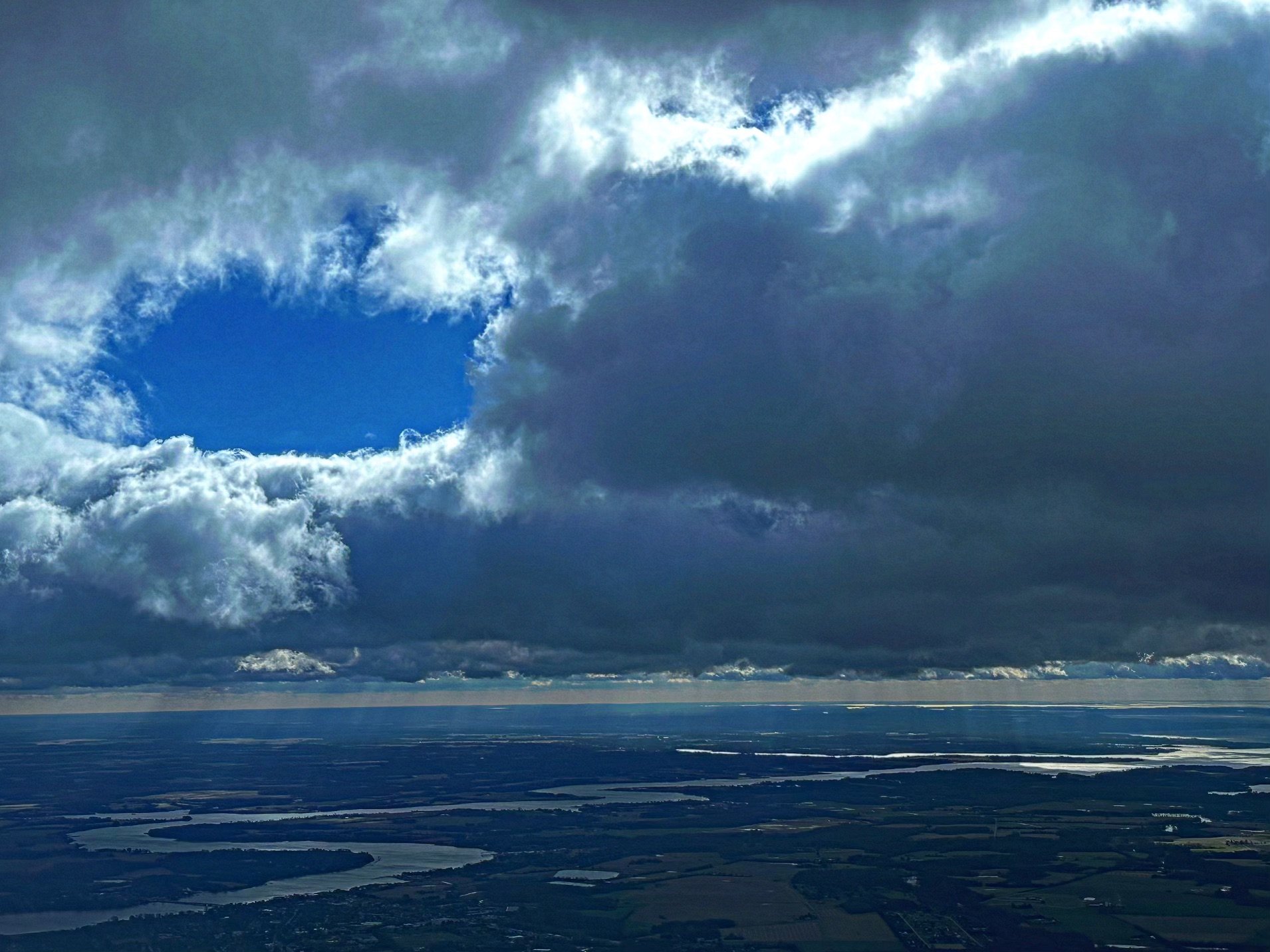“Let’s get one thing straight. There’s a big difference between a pilot and an aviator.
One is a technician; the other is an artist in love with flight.”
Discovery Done!
Lets Log Some Hours
Need a log book? Check out ASA2FLY Pilot Store for test prep, books, calculators and more items your need along your pilotage journey. FAA Approved supplier.
There are electric log books. However, most flight schools and examiners prefer the standard paper and pen Pilot Log. Why? Thrust Flight has a great article on Paper vs. Electronic Pilot Logbooks and their Top 5 Digital Log Book Apps (fan favorite is ForeFlight).
First Things First
In flight training we are taught to “stay ahead of the aircraft” by preplanning and thinking of your next steps in the cockpit. Rotorhead Resources Inc. promotes that mindset throughout training. Getting behind on your ground studies can delay your flying and license. Getting behind on your paperwork can delay them both.
Although you do not need a student license to start flight training- you do need to have it before you can fly solo. You will need your flight school / instructors help to complete the application. There’s typically no cost associated for processing an application for student pilot certificates.
Once you completed the application you will receive a temporary (printable) certificate, followed by a physical student license via mail.
Familiarize yourself (& create a log in) with the IACRA: Integrated Airman Certification and Rating Application webpage. You can electronically apply for your student license here, as well as other licenses throughout your aviation career.
61.83 Eligibility requirements for student pilots
To be eligible for a student pilot certificate, an applicant must: (a) Be at least 16 years of age for other than the operation of a glider or balloon. (b) Be at least 14 years of age for the operation of a glider or balloon. (c) Be able to read, speak, write, and understand the English language. If the applicant is unable to meet one of these requirements due to medical reasons, then the Administrator may place such operating limitations on that applicant's pilot certificate as are necessary for the safe operation of the aircraft.Ground School / Reading Materials
Per Star Helicopter’s Ground School excerpt,
“All students must pass the FAA written examination as well as an FAA oral examination on their check ride. As preparation you will receive a minimum of 20 hours of one-on-one ground instruction with your flight instructor. You can figure on spending 1 hour of ground for every 2 hours of flight training.”
Your flight school may or may not offer a thorough ground school. Some flight schools offer one-on-one instruction; others may offer a class with all the other students. Many supplement their in-person ground school with courses available online.
Regardless, you will need an endorsement from a certified instructor stating they feel confident in your preparation in order to take the FAA knowledge test.
Private Pilot
Private Pilot: Books You Need:
Your Aircraft’s Pilot Operating Handbook*; Examples:
*downloadable for free
Private Pilot: Tools Needed
Aviation Plotter- (pilot favorites are the Ultimate Fixed & Ultimate Rotating)
Flight Computer- (Pilot favorites are ASA CX-3 Flight Computer & the traditional ASA E6-B Flight Computer
Aviation Kneeboard- (Pilot favorites are ASA-VFR Aluminum Kneeboard & FlyBoys Kneeboards)
Commercial Pilot
Commercial Pilot: Books You Need
(in addition to the previously mentioned)
Instrument Rating
Instrument Rated Pilot: Books You Need
(in addition to the previously mentioned)
Instrument Rated Pilots: Tools Needed
(in addition to the previously mentioned)
And…there’s more!
More material and more ratings. The items above are the materials prescribed to us and we found to work well. A good pilot is a learning pilot and we encourage you to read all information that is accurate and available.
More milestones include: CFI, CFII and ATP. Helicopter Training Videos- HTV has a phenomenal list of books organized per license.
Please note:
The FAA does not copyrite their material, so you will find multiple printing sources. Buyer Beware. Rotorhead Resources Inc. always recommends purchasing from an FAA trusted aviation source (example: MyPilotStore, ASA, Sporty's))
Create and Know: Your Own Personal Limits
The weather is good! The winds are calm. Your aircraft is good to go.
But are you?
Maybe you had an argument at home right before you arrived. Or still feel nauseous from the holiday party the night before.
It is important to understand and be aware of your own personal fitness for flight.
The FAA uses checklist such as IMSAFE to help pilots assess whether or not they should be taking the runway, or helipad on any given day.
Familiarize yourself with such checklists and live to fly another day.
Full FAASTEAM article “Are You Fit For Flight” is available here
*Also- your instructors and check ride examiner will most likely EXPECT you to know the IMSAFE checklist! 😉
On this day, the plan was to train VFR, with high winds. Approximately 15-25 knots with gusts up to 25-30 knots. The goal was to climb to approximately 4-5000ft agl, since the student is uncomfortable with heights.
There was a broken ceiling at 4000ft, where we caught this beautiful hole in the clouds. Funny enough, this hole is called a
“Sucker Hole”
“Sucker hole” is pilot jargon that refers to that ever-so-tempting hole in the clouds that could entice you to take off and fly VFR over the top of clouds. It’s legal to do that, but not always safe; hence the term “sucker.” As in, there’s one born every minute.
Reminder: you may be able to get atop of the clouds, but (especially if you are not IFR rated) you may not be able to get down safely. Beyond the mental games such as spacial disorientation, you lose the ability to see below you- whether that be a building , tower or even a spot to land if you have an emergency.
Don’t be a sucker! Plan accordingly, stay safe and know your limitations.
FAR/AIM
2025 FAR / AIM Reference Sheet
The FAR / AIM is the pilots “bible” when it comes to rules and regulations set forth by the FAA. It is very important to familiarize yourself with all rules / regulations pertaining to your flight, pilots license and more.
HERE is a link to a printable 2025 FAR/AIM Reference Sheet of important touch points specific to the private and commercial check-ride.









